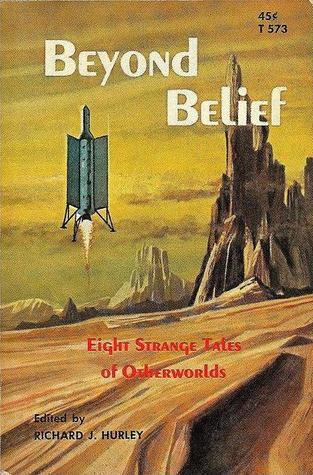
What will be left of SF cinema when physical media disappear?
In the UK, film fans are about to see the end of Lovefilm, the movies-by-post service that became an Amazon property several years ago.
The reaction of some technology snobs has been to suggest that the practice of getting DVDs and Blu-rays in the mail was a relic from another era, like horse-drawn taxi cabs, gas street lamps or, indeed, high street video rental stores. Why wouldn’t people want to stream movies instead?
But, leaving aside the facts that Lovefilm offered us Blu-ray picture quality, and that streaming can be a frustrating experience if your broadband isn’t up to scratch, the demise of physical formats should raise some concerns for science fiction fans, and film lovers in general.
Amazon hopes its Lovefilm by Post customers will become subscribes to its Prime streaming service, but the market leader in streaming movies is, of course, Netflix.
I browsed Netflix movies by genre and found 192 under the heading “Sci-fi and fantasy”. (That’s in the UK. The US selection will differ, but is frustratingly difficult to research unless you’re a US customer.)
Nobody is going to mistake Netflix’s 192 titles for a collection of the great works in the SF canon.
For a start, the oldest movies I could find on there were When Worlds Collide (1951) and The Man Who Could Cheat Death (1959).
We then seem to jump to the 1980s, which are represented by the likes of Ghostbusters 2 (not part one, oddly enough), WarGames, Explorers, Swamp Thing and Spaceballs.
There were some big genre releases of recent years such as Elyseum, Tomorrowland, District 9 and Ender’s Game. But they sit there alongside a host of much lesser-known fare and three installments of the Sharknado franchise.

You might say, not unreasonably, that Netflix has never claimed to offer a comprehensive library of classics in any genre. But with all those titles sitting there at your fingertips, what’s the likelihood of the full breadth and depth of the genre being discovered by newcomers?
How probable is it that a youngster will discover the delights of Forbidden Planet or Destination Moon if it’s much easier to scroll down a list headed by Fantastic 4 and Megamind?
When I was growing up, we knew about the classics of the genre from books and magazines. Then, when one of them turned up on TV, or later on the shelves of a video library, I would eagerly take advantage of the opportunity to watch them. I also did that with a lot of films that weren’t classics, of course, just because they were SF. (Incidentally, I don’t mean to suggest that SF cinema is all about an agreed upon canon of masterpieces. A lot of my most satisfying SF experiences have been with the kind of films that don’t get four stars in the film guides.)
Those books that once pointed us to the great or interesting films of the genre have mostly gone by the wayside, displaced by online databases, and movies in physical form could be next. Unless the range of titles gets a lot wider, Things To Come, 2001: A Space Odyssey, Solaris and Invasion of the Body Snatchers, could mean nothing to the streaming generation.
It’s likely there will come a day when the sale of DVDs and Blu-rays becomes a thing of the past, just as rental has. Maybe, by then, the streaming services will have expanded their range to offer us just about every movie we can think of, on demand, from Metropolis to the unaltered Star Wars. Or maybe smaller, specialist services will fill that gap.
We have to hope so. Otherwise, when physical media disappear, the genre landscape might look distinctly post-apocalyptic.











Recent Comments